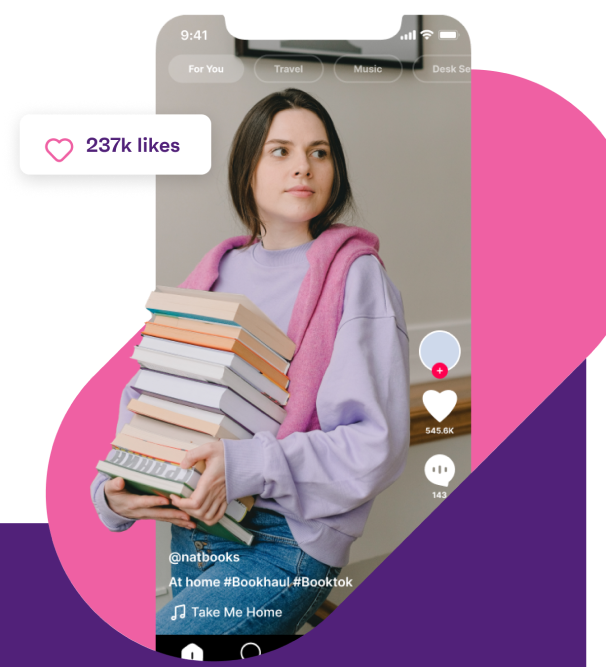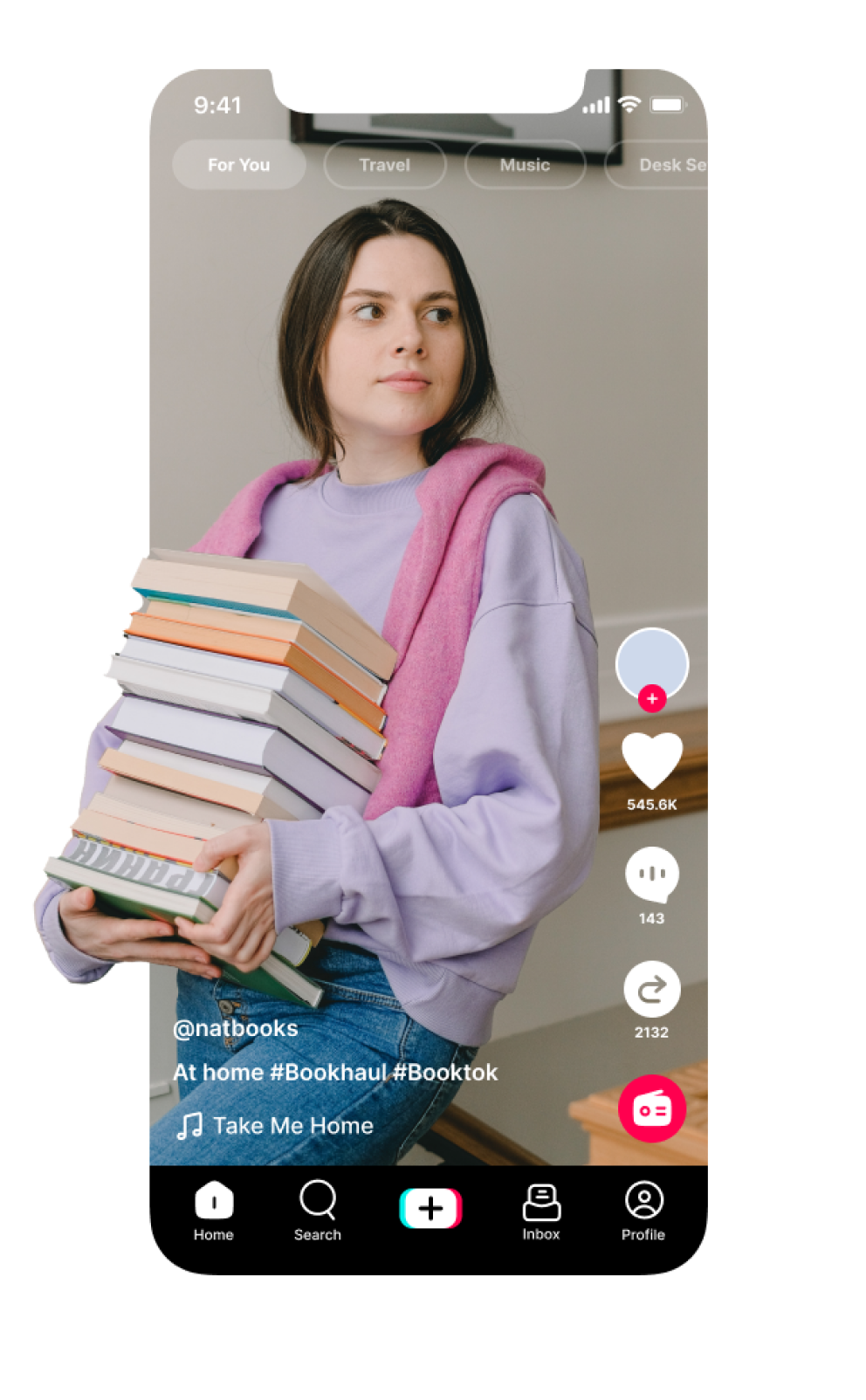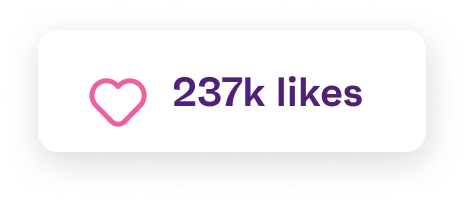
You, me, and my avatar in Web3
What’s the role of community and identity in the metaverse?

SCROLL FOR MORE





SCROLL FOR MORE



The vision of the metaverse is to create a virtual world that’s welcoming to people of all backgrounds. One that connects people and opportunities across borders, and creates new forms of entertainment. No “true” metaverse exists yet, but consumers and brands are exploring and experimenting in online gaming spaces like Roblox, Fortnite, and The Sandbox. Together, they’re helping us understand what the metaverse could eventually be, and its huge disruptive potential.
But to create a truly open world means creating an environment for self-expression, and early metaverse adopters play a key role in defining the shape of this landscape. So, what exactly should brands know in 2023?
Unlock the full digital experience and receive a good ol’ fashioned PDF, too.





In the last ten years, our research has shown us just how much leading platforms help shape their users’ identities. Instagram has helped Gen Z become lovers of food, art, and photography, while TikTok may well do something similar for books, where interest among US Gen Z has grown by 11% since 2020.
In 2023 we’ll start to see what sort of cultural ripple effects come from immersive 3D spaces becoming more popular. Our research among kids tells us that young Roblox players are more likely to be interested in coding and adventure, but the impact will be even more profound as users get more freedom to experiment with self-expression and identity play.
% of consumers who prefer to spend their time online/are interested in the metaverse, and fall within the following groups
Early adopters in the metaverse are more likely to identify as male, white, heterosexual, from high-income households, and tech-driven – but people who prefer to spend their time online are a much more diverse group.
Minority groups may not have equal representation so far, so brands can help further the opportunities that social media first pioneered to unite communities online. It’s why it’s so important to welcome aboard those who might not be engaged yet in virtual spaces.